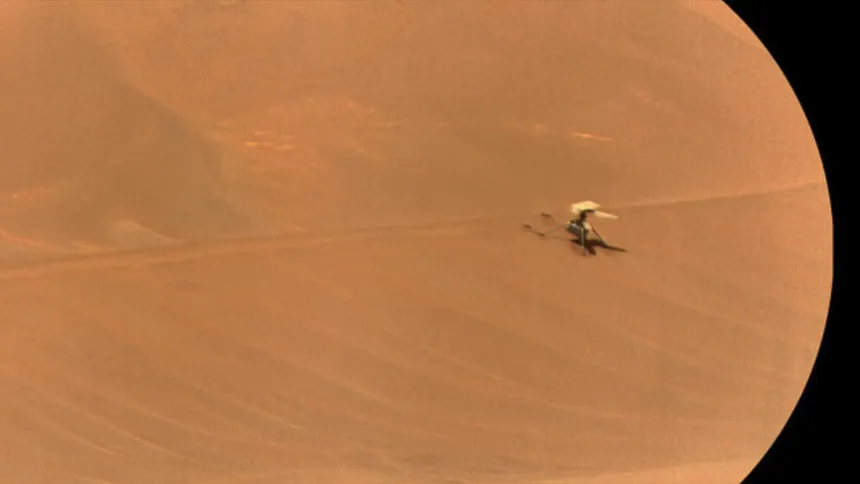As the prospect of sending humans to Mars becomes increasingly closer, a crucial challenge arises in ensuring a reliable source of essential resources to sustain life during extended spaceflights. Unlike brief lunar missions, a journey to Mars demands a prolonged stay, necessitating a self-sufficient approach to furnishing necessities like food, water, and oxygen. Transporting months’-worth of supplies from Earth is neither practical nor feasible, making it essential to find ways to produce these resources on the Martian surface.
A recent breakthrough discovery of water ice deposits on Mars has opened up new opportunities for sustainable human exploration. However, the ice present in the equatorial region is primarily situated beneath the surface, rendering it challenging to locate. NASA’s Subsurface Water Ice Mapping project has developed innovative maps that reveal the most accessible locations of subsurface ice for future astronauts.
The project’s manager, Sydney Do, emphasizes the importance of sending humans to Mars by targeting the equatorial region. “The less energy needed to keep astronauts and their supporting equipment warm, the more available energy is for other essential needs.” These new maps utilize high-resolution cameras on the Mars Reconnaissance Orbiter mission to analyze regions where meteoroids had struck the planet, creating impact craters that exposed the ice beneath. This provides valuable ground truth, showing locations where the presence of ground ice is unequivocal.

Unlocking Mars: New Maps Reveal Subsurface Water Ice for Future Human Missions
The discovery of water ice on Mars marks significant progress in the search for accessible water on the Red Planet, enabling future astronauts to land and thrive on Martian soil. This revelation also has profound implications for exobiology studies, which aim to search for signs of life beyond Earth. By identifying areas with accessible ice, researchers can focus their efforts on these regions, increasing the chances of finding evidence of ancient life on Mars.
The revelation of water ice on Mars brings humanity closer to making human exploration a reality. These new maps will play a vital role in planning future missions to the Red Planet, ensuring that astronauts have the resources necessary to sustain life and perhaps even uncover signs of ancient life on the Martian surface. As the world inches closer to human settlement on Mars, the discovery of water ice beneath the surface provides a crucial step towards creating a sustainable and self-sufficient human presence on the Red Planet.









































